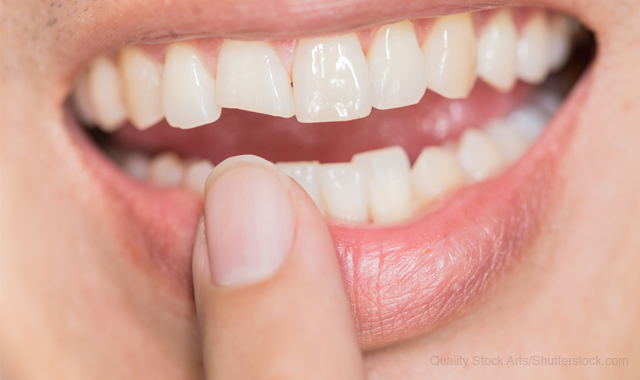New method could create new enamel
It’s the ultimate goal in materials science, and researchers may have just cracked it.

Dentistry is, by and large, all about preserving and preventing the loss of natural materials. Certainly, restorations and other attempts to recreate something as esthetic and strong as natural enamel have radically improved in recent years. But still, humans have been unable to match what nature has perfected.
New research, however, could provide a better way - recreating the process the body uses to create and regenerate enamel.
Researchers at Queen Mary University of London have developed a process that recreates enamel that looks and performs almost exactly like natural enamel. The secret to imitating a natural material is to first imitate how that material is built by nature. In the researcher’s case, that involved using a protein material with the ability to trigger the growth of nanocrystals, similar to how the human body creates enamel.
Lead author Professor Alvaro Mata says “A major goal in materials science is to learn from nature to develop useful materials based on the precise control of molecular building-blocks. The key discovery has been the possibility to exploit disordered proteins to control and guide the process of mineralization at multiple scales. Through this, we have developed a technique to easily grow synthetic materials that emulate such hierarchically organized architecture over large areas and with the capacity to tune their properties.”

The enamel created by the process looks and performs very similar to natural enamel. Both the natural and artificial materials had comparable resistance to acid and saliva, for example. As a result, the researchers see this process being used for dental tissue repair applications.
Dr. Sherif Elsharkawy, a dentist and first author of the study from Queen Mary’s School of Engineering and Materials Science, says, “This is exciting because the simplicity and versatility of the mineralization platform opens up opportunities to treat and regenerate dental tissues.” She says that this could have applications such as developing acid-resistant bandages that infiltrate and mineralize dentinal tubules to treat dentin hypersensitivity.
In the future, the researchers also hope to take applications for this process further, creating materials that mimic other hard tissues such as dentin or bone.
The study, “Protein disorder–order interplay to guide the growth of hierarchical mineralized structures” was published in Nature.